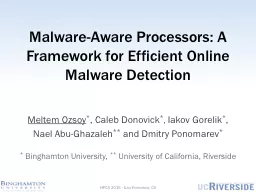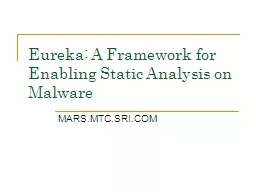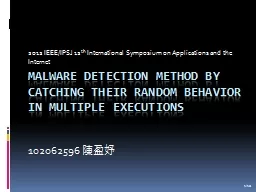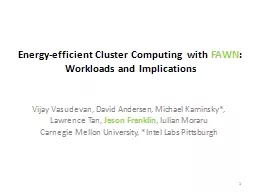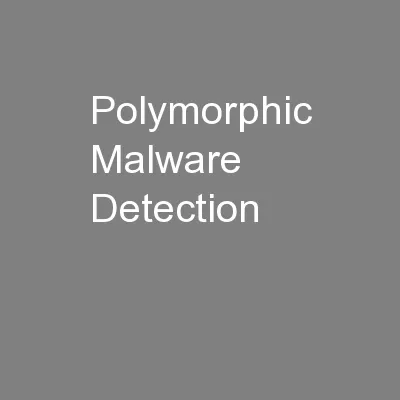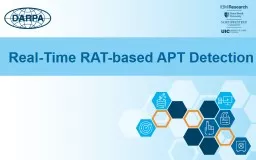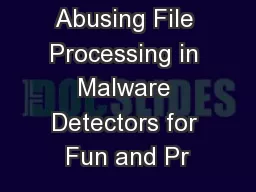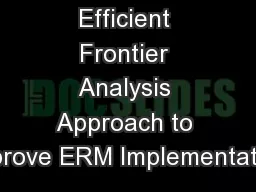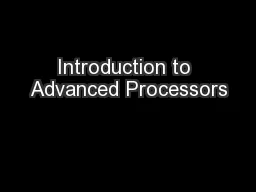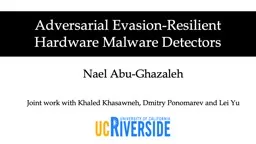PPT-Malware-Aware Processors: A Framework for Efficient Online Malware Detection
Author : tatyana-admore | Published Date : 2018-03-22
Meltem Ozsoy Caleb Donovick Iakov Gorelik Nael Abu Ghazaleh and Dmitry Ponomarev Binghamton University University of California Riverside HPCA 2015
Presentation Embed Code
Download Presentation
Download Presentation The PPT/PDF document "Malware-Aware Processors: A Framework fo..." is the property of its rightful owner. Permission is granted to download and print the materials on this website for personal, non-commercial use only, and to display it on your personal computer provided you do not modify the materials and that you retain all copyright notices contained in the materials. By downloading content from our website, you accept the terms of this agreement.
Malware-Aware Processors: A Framework for Efficient Online Malware Detection: Transcript
Download Rules Of Document
"Malware-Aware Processors: A Framework for Efficient Online Malware Detection"The content belongs to its owner. You may download and print it for personal use, without modification, and keep all copyright notices. By downloading, you agree to these terms.
Related Documents

